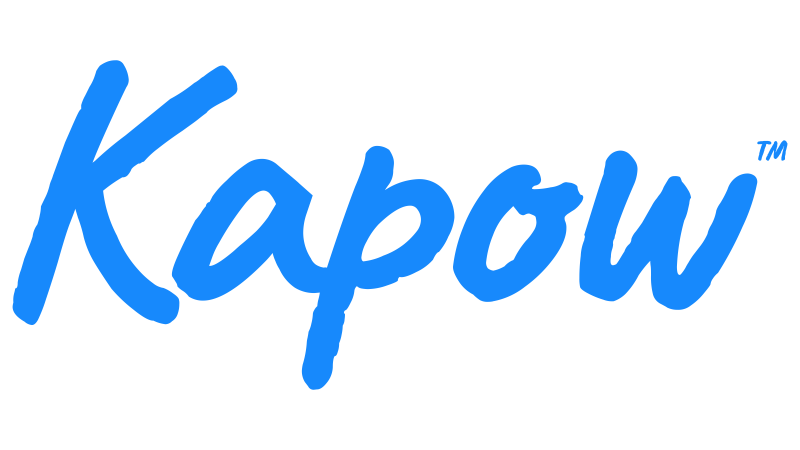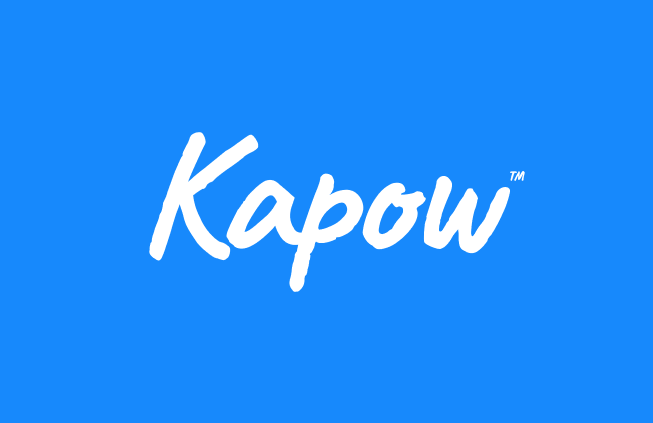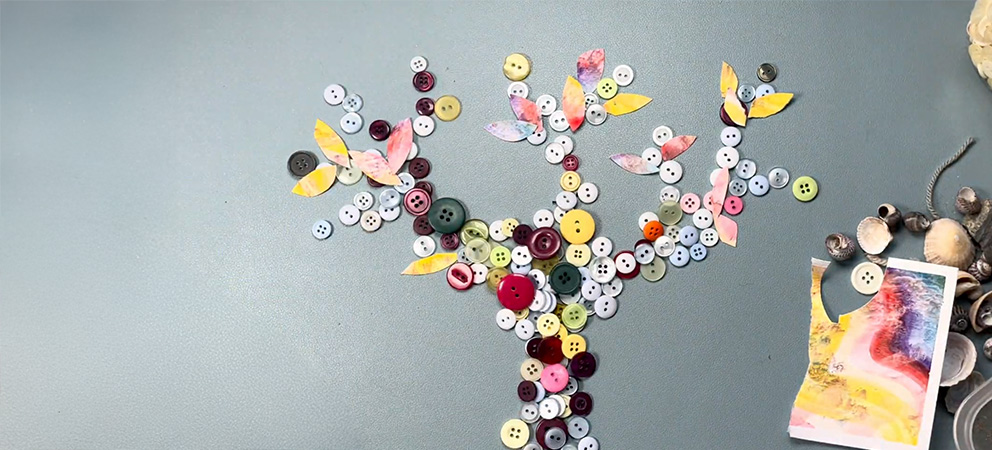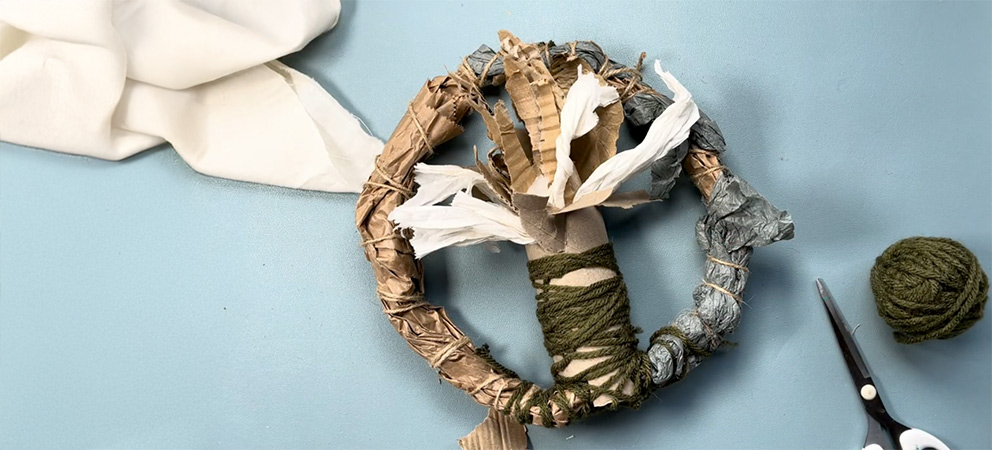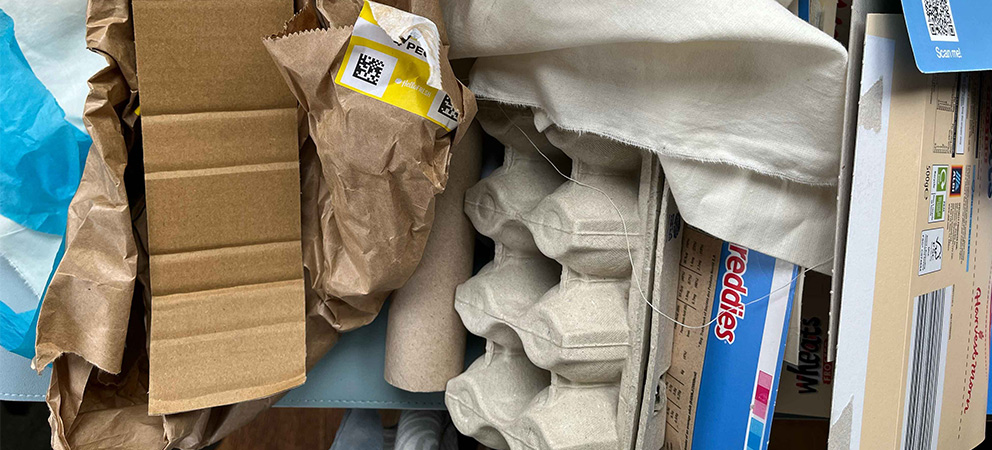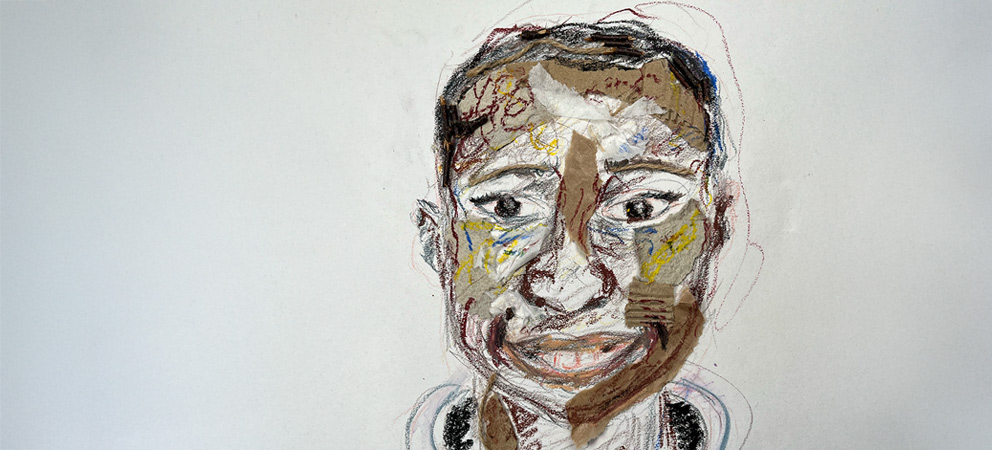Learning intention
- To explore how portraits can show expression and emotion and affect how we see the artwork.
Success criteria
- I can use lines and colours to show
This content is for subscribers only. Join for access today.
Cambridge Primary Art & Design (0067) Learning objectives
Experiencing
E.01 Encounter, sense, experiment with
This content is for subscribers only. Join for access today.
Before the lesson
This content is for subscribers only. Join for access today.
Lesson plan
Recap and recall
Check learners can recall: The four rules of shading (use the side of the pencil, shade in one direction, press evenly, leave no gaps). How to use lines and mark making to show texture and tone in drawings. How to apply observational skills. Form is an object’s 3D quality, which can be shown through shading,…
This content is for subscribers only. Join for access today.
Extended-mode explainer videos
How to extend your display to view the lesson page and preseantion mode simultaneously. Choose your operating system below to watch the video
If you need further support with extending your display,
please contact [email protected].
Differentiation
Learners needing support:
- Could practise movement lines around a simple shape before drawing on a portrait.
- Should draw clear outlines first before adding gestural lines.
- Could focus on one part of the face, like the hair or eyes, instead of the whole portrait.
- Should use the Resource: Hom Nguyen Inspiration to help choose different lines.
- Could use pencil grips, a writing slope, or thick pencils to help with control.
Learners working at a stretch:
- Should try different types of lines (e.g., crosshatching, smooth, jagged) to show movement and emotion.
- Could think about how movement lines connect across the whole face.
- Could make facial expressions bigger or more exaggerated, like Hom Nguyen’s style.
- Could use different colours to change the mood of their portrait.
This content is for subscribers only. Join for access today.
Assessing progress and understanding
Learners with secure understanding can:
- Use controlled lines that stay within the intended
This content is for subscribers only. Join for access today.
Vocabulary definitions
-
abstract
Art where the subject does not necessarily look like it does in real life.
-
chaotic lines
Messy lines that go in different directions.
This content is for subscribers only. Join for access today.
In this unit
Lesson 1: Expressive portraits
Lesson 2: Exploring materials
Lesson 3: Sustainable sculptures
Lesson 4: Art from everyday objects
Lesson 5: Textured portraits
